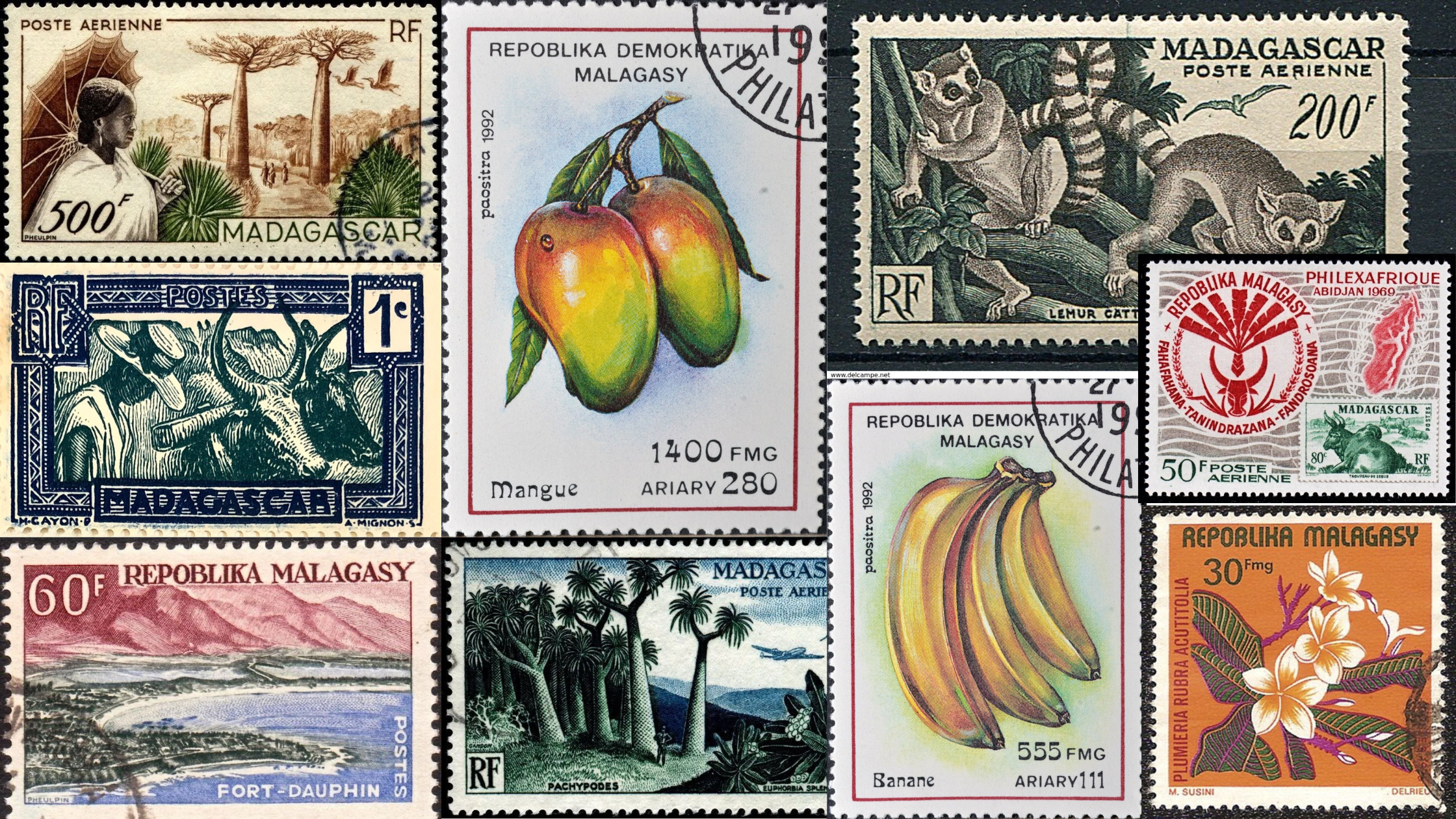
The Limits of a Sapphire’s Origin as a Price Indicator
Gems have fascinated people for centuries, admired for their beauty, rarity, and durability. But there’s a long-standing misconception in the industry that where a gem comes from should determine its price. Yes, some mines—like Kashmir for sapphires or Burma for rubies—have built reputations for high-quality stones, but making provenance a pricing factor distorts the market. Instead, a gemstone’s value should be driven by what truly matters: its color, clarity, cut, and carat weight.
The idea that gems from specific locations are inherently better is outdated. With today’s advanced gemological tools, we can assess a stone’s attributes objectively, making its place of origin irrelevant. For example, while Kashmir sapphires have a strong reputation, high-quality sapphires from Madagascar or Sri Lanka can be just as good—sometimes even better. But because the industry holds on to old narratives, stunning gems from lesser-known locations often get undervalued, despite having the same or superior characteristics.
Overhyping provenance fuels artificial scarcity. When collectors and traders insist on paying a premium for gems from a specific mine, it inflates prices even when equal or better-quality stones exist elsewhere. Take the sapphire market—Kashmir stones command sky-high prices simply due to historical prestige, while equally beautiful Madagascar sapphires go for much less. This benefits dealers who control supply, but it limits consumer access to top-tier gems at fair prices.
This obsession with origin doesn’t just distort prices—it also creates ethical problems. Famous mines often take advantage of their reputation, sometimes leading to poor labor conditions or environmental damage to meet demand. Meanwhile, responsible mining efforts in less-known locations struggle to gain recognition. Prioritizing quality over provenance would level the playing field, ensuring that more ethical sources can compete fairly and contribute to the industry’s sustainability.
Instead of placing so much weight on origin, the industry should focus on transparency in sourcing and treatments. With modern verification methods, buyers can access detailed reports on a gem’s attributes, allowing them to make informed choices based on quality rather than old-school prestige. Educating consumers about these factors would make the market fairer and more competitive.
A gem’s provenance should never be the main factor in its price. The real value lies in its actual characteristics—color, clarity, cut, and carat weight. Moving away from provenance-based pricing would create a more ethical, accessible, and fair market for both buyers and sellers. At the end of the day, a gemstone’s beauty and quality should stand on their own, no matter where it was mined.
By Alice Aubry, Founder of Gems with Origin

